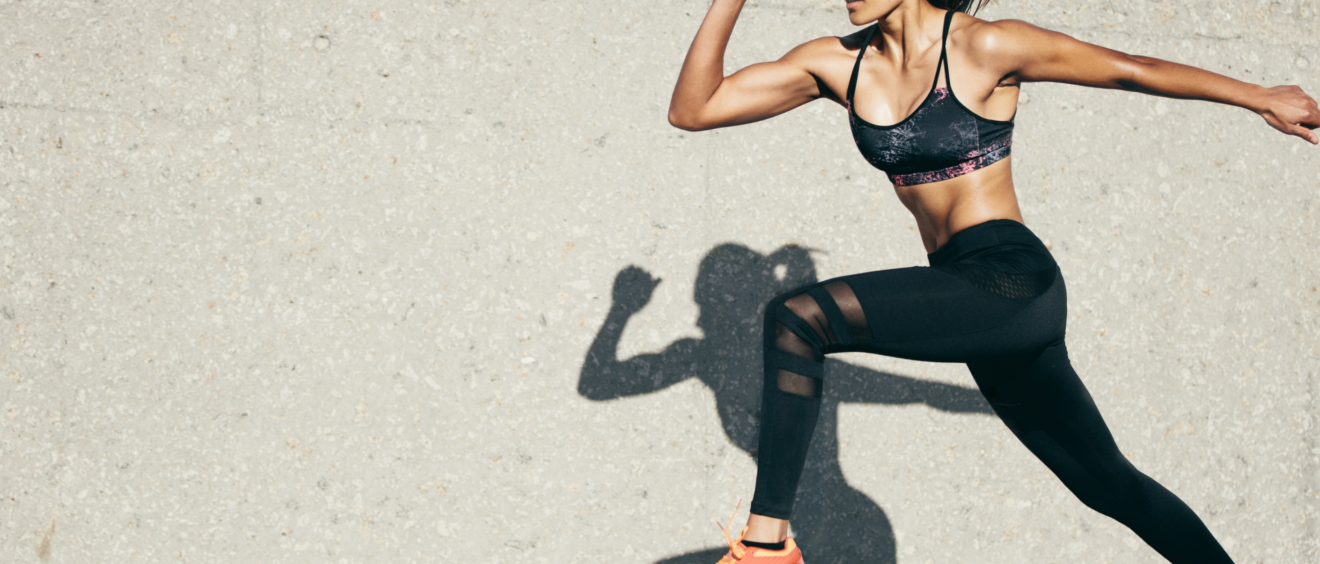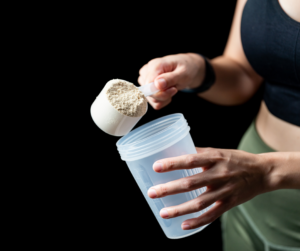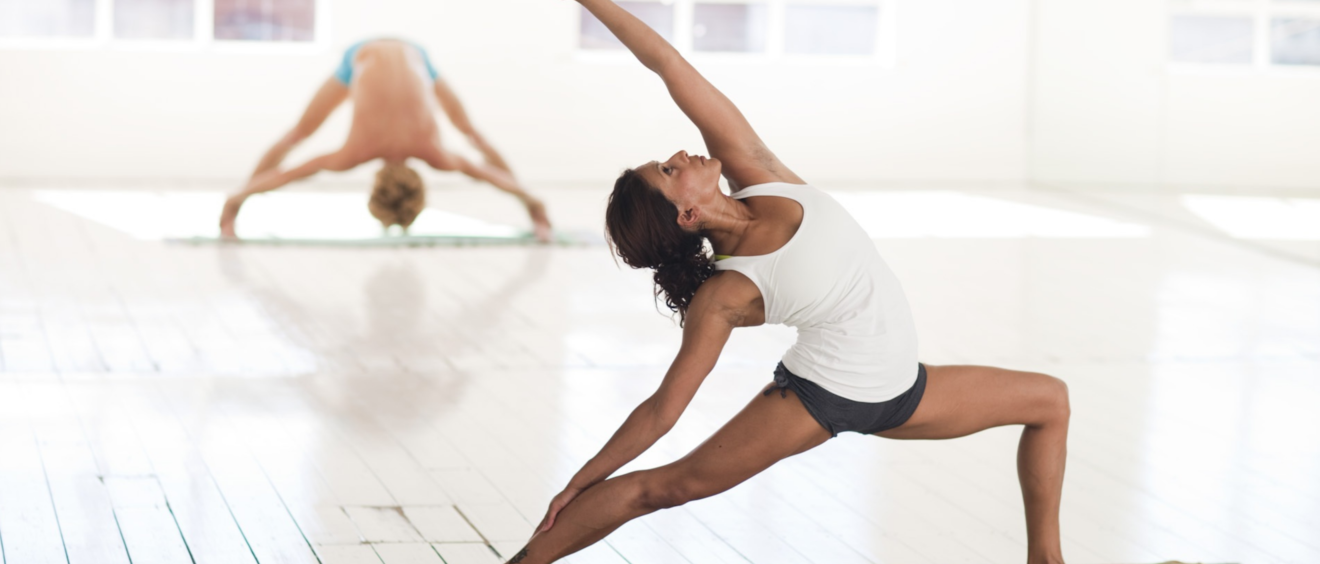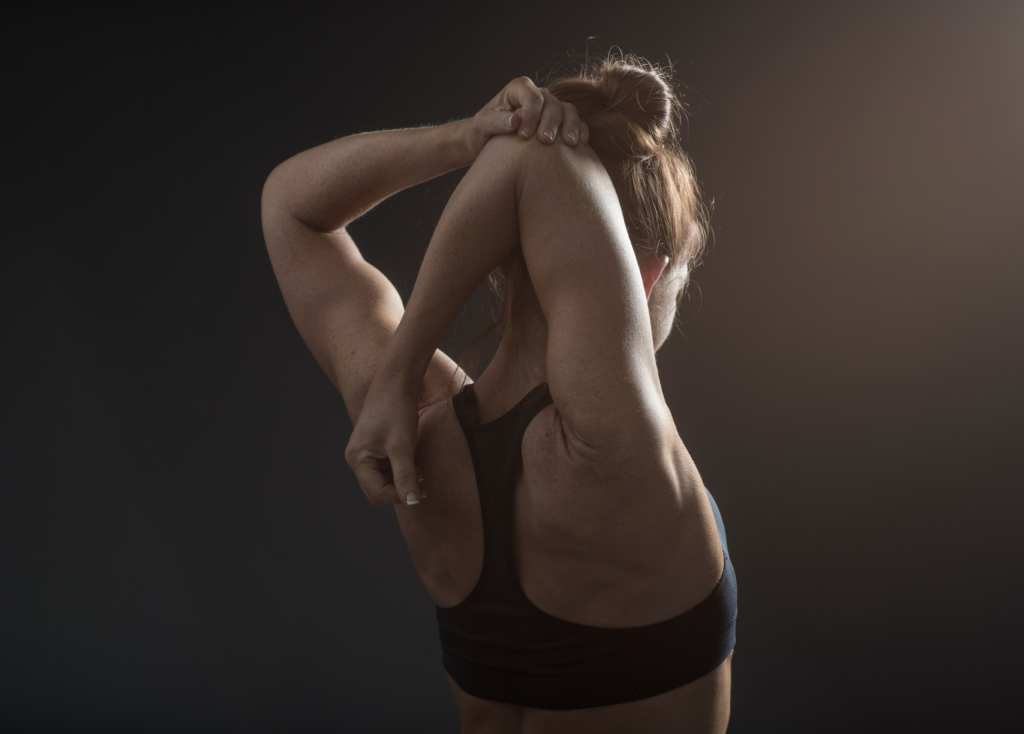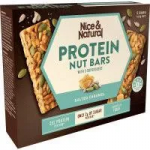-
Slow down
Newbies often think they are running too slow when in fact many are going too fast, meaning it quickly gets too difficult. Try jogging at the pace of just a fast walk for the next month and you’ll find that you will be able to go a lot further a lot easier.
-
Take small steps
Shortening the length of your stride can help big time. Practice over a 30 meter or so length (or between two light poles) and see if you can add in an extra 5 steps or strides over that distance!
-
Start with short distances
Start by jogging slowly for short distances. For example, from one lamp post to the next and then walking in between the next two (This is how I first started). Aim to do that for a total of just 15 minutes, twice a week, if you’re starting out or getting back into it after a long break. If you’re a bit fitter, try a walk-run or run-walk approach. Alternating blocks of walking/running with blocks of running/walking. e.g. 4 mins of running with 1 min of walking for 3 rounds = total running time 12 mins. Try to increase the rounds first, then look at increasing the running time. e.g. 5 mins running with 1 min walking. By using an on/off approach you are also reducing the amount of impact you are subjecting your body to.
-
Speed up or go further?
Once you can do a complete 15 minute jog, increase your speed by jogging slowly one way for 8-10 minutes then ‘racing’ back to where you started. Your total run time will get shorter, which at this stage of your running career is perfect – or – hold off on increasing speed and get out for a third run each week instead – idea being to do one or the other, not both.
-
Stop
If something doesn’t feel right, stop. If it hurts, stop. If something feels a bit weird, (and you get to be the judge of what that means), stop. This is an exercise in learning how to love jogging, not a game of pushing through pain. Seek guidance from a medical practitioner e.g. physiotherapist, podiatrist, if pain doesn’t go away.
Running Tips:
(This first one’s going to be a bit hard during this lockdown period but if you’ve got a good pair of supportive gym shoes/cross trainers that aren’t too old might be fine to get you started). Invest in a good pair of runners, go visit one of those specialist shoe stores (I go to our local Shoe Science store in Albany) yes the shoes do cost more but it’s well worth the investment in making sure you have the right type of shoe for your walking/running pattern. A quality, well-fitting and supporting sneaker will prevent aches and pains…no not muscle pain, but permanent knee, shin, and foot injuries that can plague you for life, if you suffer an injury.
If you walk/run a regular block (loop), then make sure that you also go the other way or vary your route .Our body (tendons, ligaments and muscles) get used to going that one way – the ups & downs, the level of the road. No road is level like a treadmill, so if we don’t vary the way/direction we go, we can end up with imbalances with the muscles, tendons and ligaments from our feet to our legs, hips and core which can then lead to injuries. With my current niggles, I just go straight out for time/distance and then turn around and come back the same way. I also vary the terrain every couple of runs by going to my nearest sports field or school and running on the grass (less impact) as there are no grass verges where I live to run on.
Do strength and conditioning and core work. These are hugely important for injury prevention and improving your running form and economy. For example when we go on a longer run, we tend to get tired. This causes us to slump forwards, which can cause pain in the neck, back and shoulders. By having a strong core, you can help prevent this. Many running niggles can be traced directly back to the fact that the glutes, the main hip muscles and the biggest muscle group in your body, simply aren’t doing their fair share of the work. Five minutes a day spent doing targeted exercises can reap significant rewards. A simple mix of planks, side planks and crunches can build your core strength, and squats and bridges are great for glutes.
Good music! 🙂 As you start increasing your time and distance, I find a good playlist with motivating music and a good tempo helps me go that bit further or go a bit longer. You can find already compiled playlists and albums on iTunes, Spotify or make up your own.
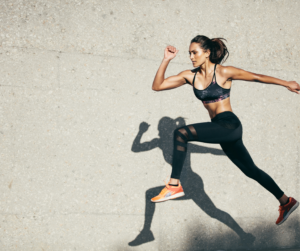
Benefits of running:
- Healthy mind – running reduces stress and releases happy hormones.
- Sleep easier -Runners enjoy better sleep, giving them more energy.
- Healthy heart – Cardiovascular fitness goes up, blood pressure goes down.
- Breathe easier – Running lessens the effects of asthma and helps to strengthen your lungs.
- Keeps you young – Runners age better and live longer.
- Better sex – Running improves stamina.
- Strong immune system – decreases your risk of illness.
- Weight loss – Running burns around 100 calories a mile (1.6 km). 3 miles (4.8 km) = 1 large doughnut.
- Stronger bones – Boost your bone density and help prevent osteoporosis.
- Toned legs – Runners have great leg
“I often hear someone say ‘I’m not a real runner. We are all runners. Some just run faster than others. I’ve never met a fake runner. (Bart Yasso)”

